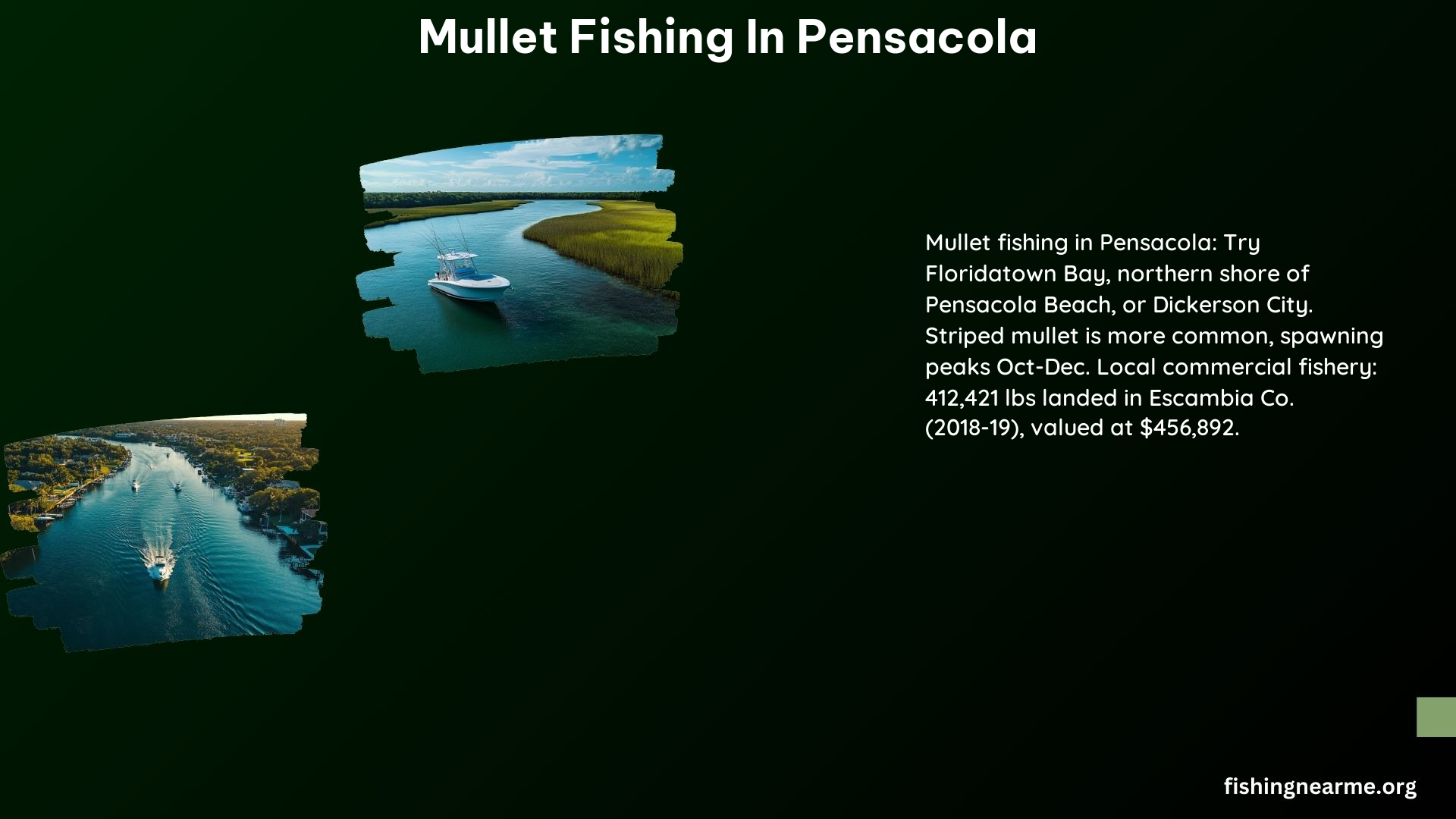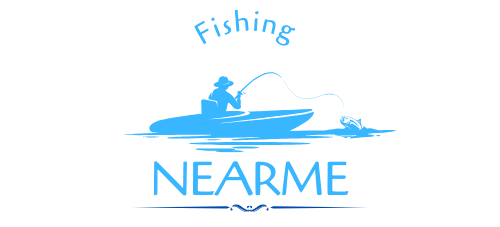Mullet fishing in Pensacola, Florida, is a beloved pastime for both recreational and commercial anglers. This coastal city, known for its beautiful beaches and vibrant fishing culture, offers a prime location for targeting these versatile and abundant fish. Whether you’re a seasoned mullet enthusiast or new to the sport, this comprehensive guide will provide you with the essential information to make the most of your mullet fishing experience in Pensacola.
Daily Bag Limit
The daily bag limit for mullet fishing in Pensacola is 50 pounds per person, with no minimum size limit. This regulation ensures the sustainability of the local mullet population and allows for responsible harvesting by both recreational and commercial fishermen.
Gear Prohibitions for Spearfishing

When it comes to spearfishing mullet in the freshwater areas of Pensacola, certain gear is prohibited. Specifically, the use of scuba gear is not allowed for this activity. This regulation is in place to maintain the ecological balance and protect the natural habitats of the mullet and other aquatic species.
Seasonal Night Closures
Unlike some other fishing activities, there are no specific seasonal night closures for mullet fishing in Pensacola. However, it’s important for anglers to be aware of any local regulations or restrictions that may apply to their chosen fishing locations and times.
Best Places to Fish
Pensacola and the surrounding areas offer a variety of excellent spots for mullet fishing. Some of the most popular and productive locations include:
- Innerarity Point: Known for its clean and abundant mullet population.
- Ono Island: Located in Alabama, this area is a popular destination for mullet enthusiasts.
- Floridatown Bay: A good spot for wading and catching mullet, although the bottom can be muddy.
- Northern shore of Pensacola Beach: Recommended for wading and catching black mullet.
- Dickerson City: Known for its large numbers of silver mullet.
Mullet Species
There are two primary species of mullet found in the Pensacola waters: striped mullet (Mugil cephalus) and white mullet (Mugil curema). The striped mullet is the more common and sought-after species, particularly by commercial fishermen.
Mullet Biology
Mullet are euryhaline, meaning they can tolerate a wide range of salinities and can be found in both fresh and saltwater environments. They typically travel in schools, feeding on bacteria and single-celled algae attached to plants.
Mullet have an interesting spawning behavior, with the peak season occurring between October and December. They become sexually mature at around three years old and can produce an impressive 0.5–4 million eggs per spawning event.
Local Commercial Fishery
The mullet fishery in Pensacola and the surrounding Escambia and Santa Rosa counties is an important part of the local economy. Between 2018 and 2019, a total of 412,421 pounds of mullet were landed in Escambia County, and 151,638 pounds in Santa Rosa County. The combined value of this fishery was $456,892.
Cultural Significance
Mullet holds a special place in the local culture of Pensacola. It is a staple at family gatherings, Catholic fish fries during the Lenten season, and is even celebrated at the annual “Mullet Toss” event at the iconic Flora-Bama establishment.
Whether you’re an experienced mullet angler or new to the sport, Pensacola offers a wealth of opportunities to enjoy this unique and rewarding fishing experience. By understanding the regulations, best fishing locations, and the cultural significance of mullet in the area, you can make the most of your time on the water and become part of the vibrant fishing community in Pensacola.
